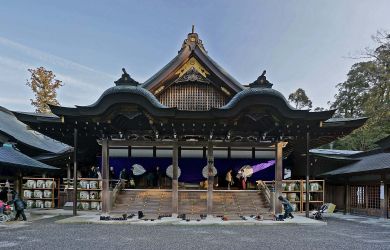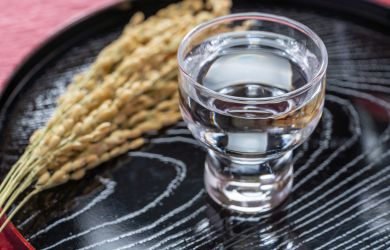
July 10, 2012
Tohoku Cotton Project
The seeds of a new industry are taking root in Miyagi
By Metropolis
Originally published on metropolis.co.jp on July 2012

The force of the rushing water during last year’s tsunami crushed cars like tin cans, pulled down sturdy buildings, and deposited huge boats half a mile inland. When those waters receded, they left behind not only destruction as a testament to nature’s power, but also a simple and pernicious parting gift: salt.
High levels of salt interfere with plants’ ability to absorb water and nutrients, and the seawater that swept over the region’s famous rice paddies killed not only the current crop, but also left the soil too saline for replanting. The commonly used method of desalination in Japan is to flush the ground with large amounts of fresh water, but as the tsunami also destroyed a lot of irrigation and drainage systems, this was not a workable solution in many areas.
A collection of apparel makers hit upon the idea that cotton, which is about twice as tolerant to salt as rice, might make an excellent replacement crop and possibly sprout a new industry that would restore agriculture and revive job creation in Tohoku. With the cooperation of some local farmers, they decided to try planting a small amount of cotton on an experimental basis.

Though its beginnings were modest—just 1.6 hectares at two locations in Miyagi—the Tohoku Cotton Project quickly garnered the interest of some major players in the Japanese business world, like JAL, Muji and Takashimaya, who all expressed an interest in taking part. Now grown to around 60 members, the participating organizations support the project in various ways, providing seeds and human-resource support for planting and harvesting, buying and processing the cotton, and promoting and selling the resulting products.
Of course, it hasn’t been as simple as just switching crops. Cotton cultivation is vastly different from rice, and without a history of commercial cotton growing in Japan the project has had to find its own way through a process of trial and error.
“Last year was a test cultivation, so there were a fair number of issues,” says Masato Hata, a project representative. “We had some problems, such as the poor timing of the planting to dealing with typhoon flooding.”
Despite their difficulties, however, the team was able to produce around 80kg of cotton, and the first Tohoku Cotton Project collection, including denim apparel, polo shirts, towels and stoles, went on sale in Tokyo at the end of last month.
Meanwhile, up in Miyagi, the seeds for the next crop were already being planted. The acreage was increased five fold, and the project members hope that this year will be able to prove that cotton production and processing can be a sustainable industry in Tohoku.
“Building on the experience we gained in 2011, this year we hope to improve our performance in various ways, such as planting earlier and with a cotton variety more suitable for a cold climate,” says Hata. “This year will be the true test, so we will be working towards the goal of establishing a business model that will lead to a sustainable cotton industry.”





